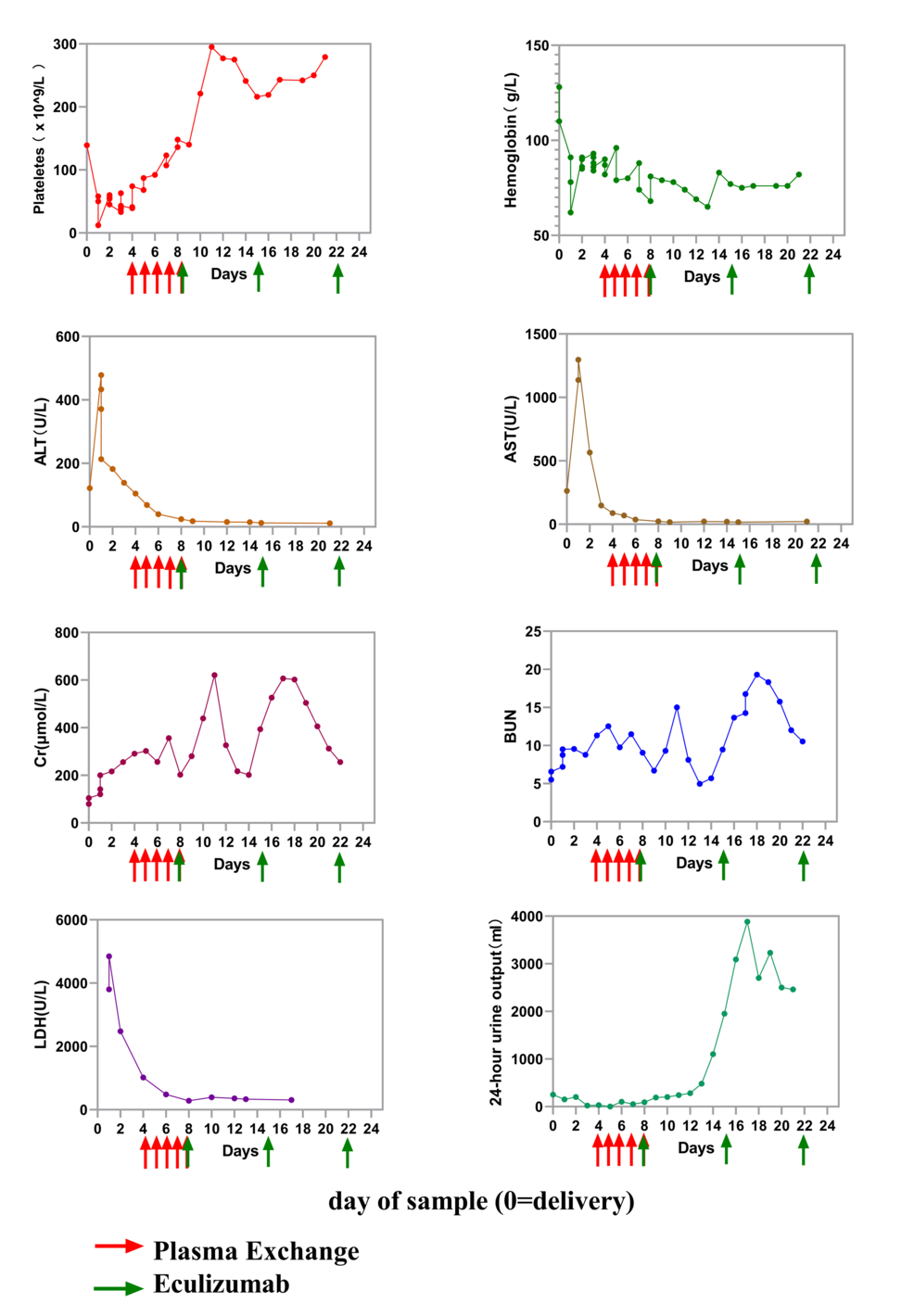Groundbreaking Research Offers New Insights into Alzheimer's Disease
A transformative approach to understanding Alzheimer's disease has led to a significant discovery that could be pivotal in halting cognitive decline associated with Alzheimer's and similar neurodegenerative disorders. Researchers from the University of Virginia School of Medicine have been delving into the hypothesis that Alzheimer's may, at least in part, stem from the immune system's misguided efforts to repair DNA damage within the brain.
Their innovative research has identified an immune molecule named STING, which appears to drive the development of the toxic plaques and protein tangles that are commonly associated with Alzheimer's. Remarkably, when the researchers blocked the activity of this molecule in laboratory mice, they observed a protective effect against mental decline, suggesting a potential new avenue for treatment. STING is not merely significant in Alzheimer's; it may also play a crucial role in other neurodegenerative conditions such as Parkinson's disease, amyotrophic lateral sclerosis (ALS), and various forms of dementia. This insight raises the possibility that therapies aimed at modulating STING could yield broad benefits for numerous patients who currently face devastating diagnoses.
Dr. John Lukens, director of UVA's Harrison Family Translational Research Center in Alzheimer's and Neurodegenerative Diseases, stated, "Our findings demonstrate that the DNA damage that naturally accumulates during aging triggers STING-mediated brain inflammation and neuronal damage in Alzheimer's disease. These results help to explain why aging is associated with increased Alzheimer's risk and uncover a novel pathway to target in the treatment of neurodegenerative diseases."
Increasing Concern Over Alzheimer's Disease
Alzheimer's disease has emerged as an alarming public health challenge, not just in the United States but globally. Currently, more than 7 million Americans are living with this condition, a figure that is projected to soar to over 13 million by 2050. This escalating prevalence has propelled researchers into a frantic race to deepen the understanding and treatment of the disease. Although the precise causes of Alzheimer's remain elusive, there is a growing consensus among scientists regarding the immune system's involvement in the disease's progression. STING is a critical component of the immune response; while it plays a defensive role in combating viruses and clearing damaged cells, it can become overly active and trigger harmful inflammation and tissue destruction.
Motivated by this dual role of STING, Lukens and his research team conducted experiments to determine its involvement in Alzheimer's. Their findings revealed that inhibiting the activity of STING in laboratory mice not only prevented the formation of Alzheimer's-associated plaques but also modified the behavior of immune cells known as microglia and altered the expression of essential genes. Researcher Jessica Thanos, from the Department of Neuroscience and Center for Brain Immunology and Glia (BIG Center) at UVA, noted, "We found that removing STING dampened microglial activation around amyloid plaques, protected nearby neurons from damage, and improved memory function in Alzheimer's model mice. Together, these findings suggest that STING drives detrimental immune responses in the brain that exacerbate neuronal damage and contribute to cognitive decline in Alzheimer's disease."
A New Avenue for Treatment Development
While numerous molecules have been examined for their potential roles in Alzheimer's, the UVA researchers argue that STING stands out as a particularly promising target for the development of new therapies. The ability to inhibit STING appears to slow both the aggregation of amyloid plaques and the formation of tau tangles, which are two critical factors implicated in Alzheimer's pathology. Many other molecules lack such a comprehensive involvement and may only be targeted at very specific and limited stages of the disease's progression.
Thanos elaborated, "We are only beginning to understand the complex role of innate immune activation in the brain, and this is especially true in both normal and pathological aging. If we can pinpoint which cells and signals sustain that activation, we will be in a much better position to intervene effectively in disease." Although Lukens' groundbreaking research has paved the way for potential advancements in the battle against Alzheimer's, significant work still lies ahead in translating these findings into viable treatments. Researchers will need to further investigate STING's roles within the body, including its involvement in the immune response to cancer, to ensure that any new treatments do not lead to undesirable side effects.
Nevertheless, these are the critical challenges that Lukens and his colleagues at the Harrison Family Translational Research Center are eager to address as they aim to expedite the development of new treatments, with the ultimate hope of discovering a cure. This center is a component of UVA's Paul and Diane Manning Institute of Biotechnology, which is currently under construction at Fontaine Research Park.
Dr. Lukens expressed optimism, saying, "Our hope is that this work moves us closer to finding safer and more effective ways to protect the aging brain, as there is an urgent need for treatments that can slow or prevent neuronal damage in Alzheimer's. Shedding light on how STING contributes to that damage may help us target similar molecules and ultimately develop effective disease-modifying treatments."
Published Findings
The researchers have documented their findings in the journal Alzheimer's & Dementia: The Journal of the Alzheimer's Association. The research team included Thanos, Olivia C. Campbell, Maureen N. Cowan, Katherine R. Bruch, Katelyn A. Moore, Hannah E. Ennerfelt, Nick R. Natale, Aman Mangalmurti, Nagaraj Kerur, and Lukens. Importantly, the scientists have declared that they hold no financial interest in the study. Funding for this research was provided by the National Institutes of Health's National Institute of Aging, as well as several other esteemed organizations, including the Alzheimer's Association and the Harrison Family Foundation.
Story Source: Materials provided by the University of Virginia Health System. Note: Content may be edited for style and length. Stay informed with ScienceDaily's free email newsletter, which is updated daily and weekly.





























